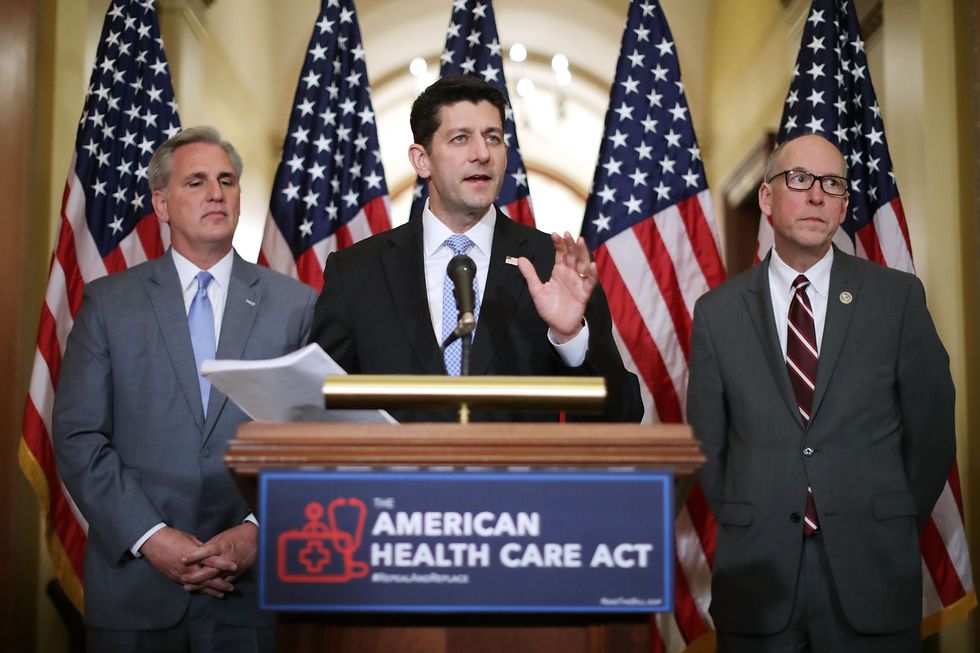Unless you’ve been living under a rock for the past few days, you know that on May 4, the House of Representatives passed H.R. 1628—otherwise known as the American Health Care Act (AHCA). This victory for House Republicans aims to repeal and replace the Affordable Care Act (ACA), dubbed “Obamacare.” And if you’re like me, you’re scrolling through all the questionable articles on Facebook, wondering what the legislation actually says. NPR, in response to this, published an article that lists out the facts, an effort to lessen the confusion about the bill that seems to be scattered everywhere.
So what does the legislation actually say? First things first, the bill states that Americans are no longer required to purchase health insurance plans through marketplaces set up by the ACA. In addition, the tax penalty Americans faced in the ACA for not purchasing insurance plans would be a thing of the past. This decision is now up to the individual.
Second, income-based tax credits and subsidies the ACA introduced, under the AHCA, would be age-based. So, older Americans would be eligible for more tax credits with this legislation’s passage. Insurers, however, make the decision of how much to charge.
Along with the adjustment on tax credits in the AHCA, there would also be tax cuts. What does this mean? It means that the taxes the ACA put into place would be cut since the subsidies system would change. The taxes would essentially be useless, so they get cut.
One of the major changes in the AHCA would be with Medicaid, the system to help the poor and disabled pay for health insurance. The Affordable Care Act significantly worked to expand Medicaid. With the AHCA, these expansions would begin being taken down beginning in 2019. Medicaid, originally an entitlement program, would become a grant program. In terms of what this would look like, states would get a set amount of money from the federal government either in aa fixed dollar amount, or based on the number of Medicaid consumers.
Now comes the hot-button issue under the AHCA—pre-existing conditions. Facts and myths have been spreading like wildfire across social media. It’s time to get down to business and take a look at the facts. The main point is that the AHCA would still protect those with pre-existing conditions. However, under the AHCA, insurers can be the judge of which pre-existing conditions to pay for and which ones to cut. So, to everyone saying “Trump doesn’t care about pre-existing conditions,” I encourage you to read more and get more educated. Insurers are the judges here, not President Trump. And just because something could go a certain way, that doesn’t mean it will. There’s a difference.
For those of you worried about a lack of coverage, here’s the good news. There are state waivers in place in the AHCA. House Republicans know that there are liberal states in the nation that will not want to take part in the AHCA. So, they instituted the option for states to decide if they will completely repeal the Affordable Care Act within their borders.
This is essentially the nuts and bolts of the American Health Care Act. If you’re even more like me, you’re considering reading the legislation in its entirety to get all of your questions answered. The important thing to note about this legislation is it still has to pass in the Senate—which might not happen.
We live in an age where opinions take over social media and inhibit our understanding of the facts. So, I encourage you to get educated. The world needs it.

















